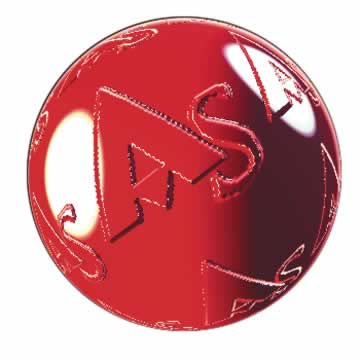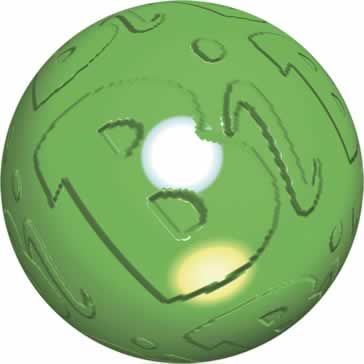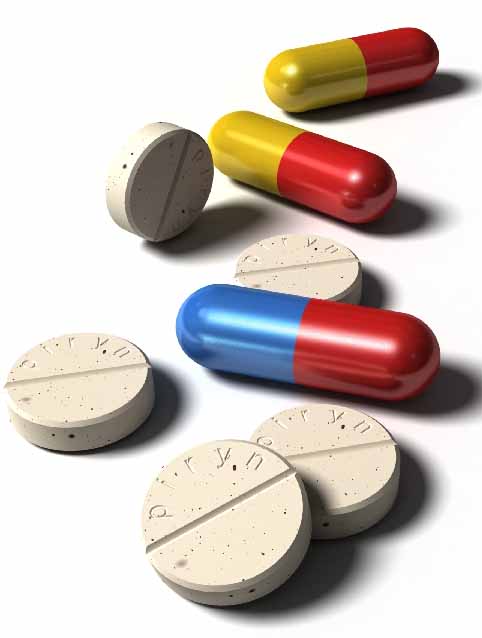ALL ABOUT BISMUTH

|

|

|

|

|

|
USEFUL LINKS FOR Bi |
Quick Facts:Bismuth gets its name from the German word "wissmuth" meaning white mass and the latin word bisemutum. Often confused with tin and lead due to its resemblance to those elements. Bismuth was utilised in ancient times by the Egyptians, Greeks, Asians, Romans and Chinese. Claude Geoffrey Junine was credited with its discovery in 1753 demonstrating its distinction from lead and tin. The Incas also utilised bismuth and used it with copper and tin to create a bronze alloy for knives. Properties of bismuth:Name of Element : Bismuth What is Bismuth?Bismuth is a white, crystalline, brittle metal with a pinkish tinge. Bismuth is the most diamagnetic of all metals, and the thermal conductivity is lower than any metal except for mercury. Bismuth has a high electrical resistance and the highest Hall effect of any metal (i.e. the greatest increase in electrical resistance when placed in a magnetic field). Bismuth is stable to oxygen and water but dissolves in concentrated nitric air. All bismuth salts form insoluble compounds when placed in water. Main uses of Bismuth |
|||
|
 |
 |
 |
Bismuth finds its main uses in pharmaceuticals, atomic fire alarms and sprinkler systems, solders and other alloys and pigments for cosmetics, glass and ceramics. It is also used as a catalyst in rubber production. How does Bismuth occur in the environment?Occuring in the Earth's crust, bismuth is about twice as abundant as gold. The most important ores of bismuth are bismuthimite and bismite. Bismuth occurs naturally as the metal itself and is found as crystals in the sulphides ores of nickel, cobalt, silver and tin. Bismuth is mainly produced as a by-product from lead and copper smelting, particularly in the USA. Mainly mined in Bolivia, Peru, Japan, Mexico and Canada in relatively small quantities: only about 3000 tonnes per year. Although Bismuth is not an economical element to mine it is more commonly produced as a byproduct during the processing of other metal ores. (inc. lead, copper and tin). |
|||
How does Bismuth affect human health?Bismuth is a recognised toxic element, (and is not a recognised carcinogen) however some of its compounds need to be handled with care due to their corrosiveness (e.g. bismuth chloride). Overexposure to bismuth can lead to the formation of a black deposit on the gingiva (this is known as a bismuth line). Bismuth and its salts can lead to kidney damage, albeit usually to a mild degree. However large doses can be fatal, although industrially it is considered one of the less toxic heavy metals. Inhalation of bismuth may affect both the liver and kidneys. Direct contact with bismuth may cause irritation to the eyes and skin. |
||||





